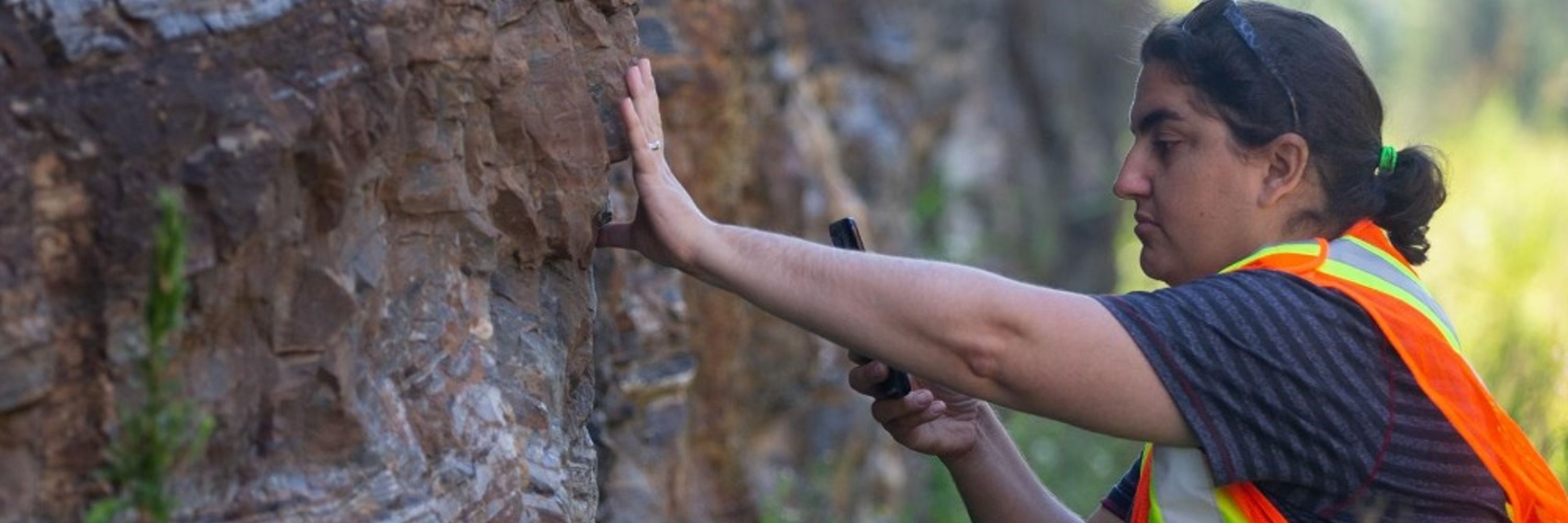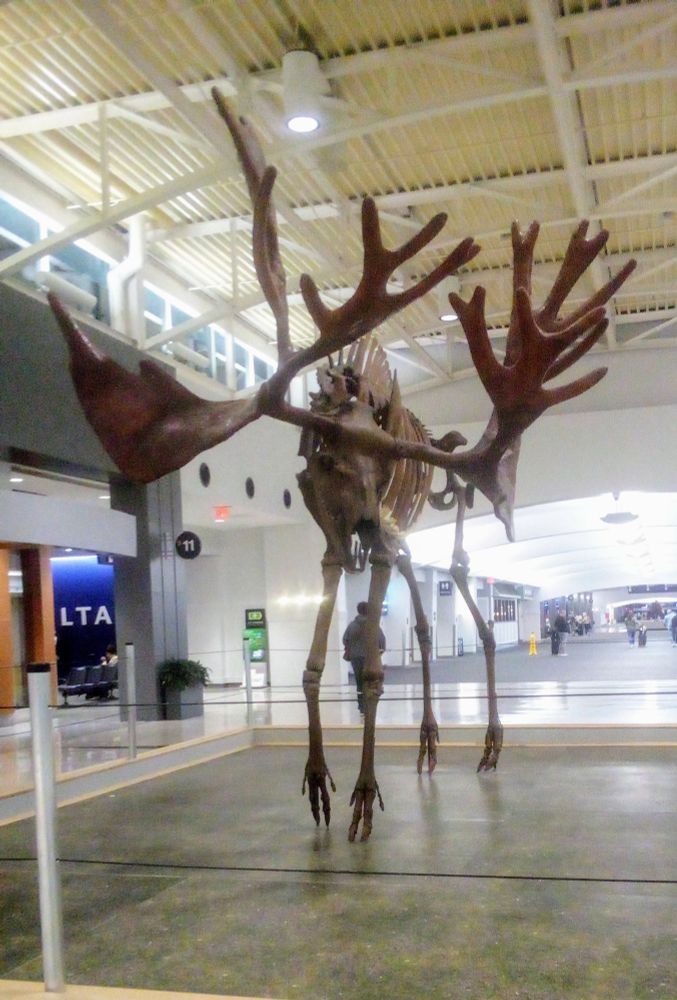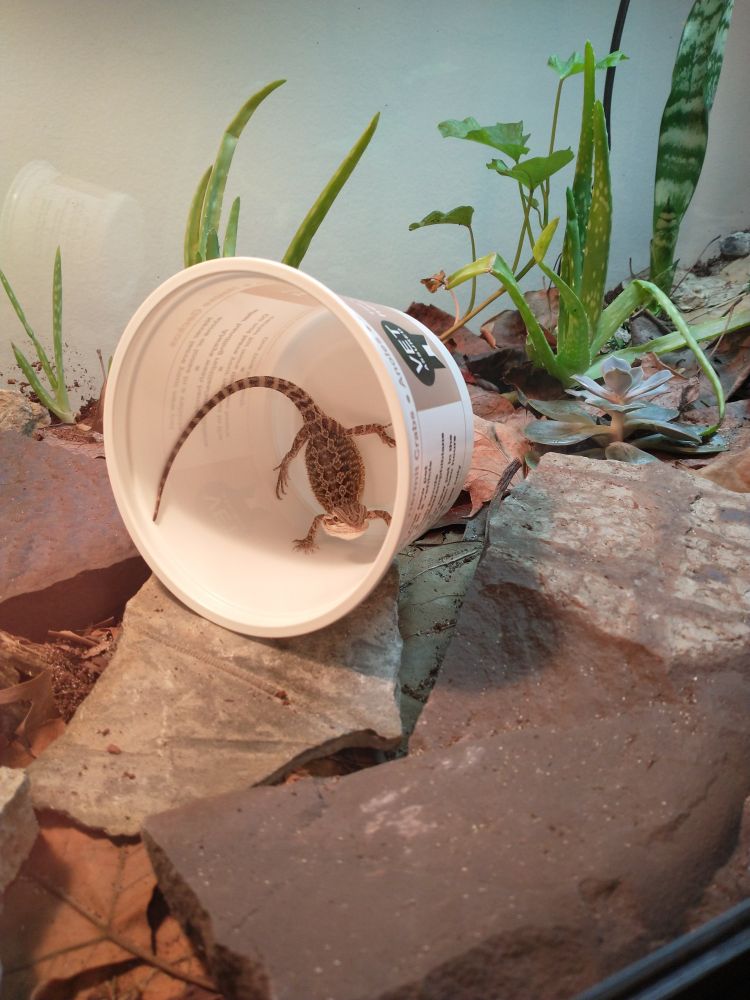
I saw hundreds of cicadas at the park yesterday evening, but they aren't singing yet. They only started to emerge in the last couple days (at least near me) and they need at least four days for their exoskeleton to fully harden before they seek out a mate.
I saw hundreds of cicadas at the park yesterday evening, but they aren't singing yet. They only started to emerge in the last couple days (at least near me) and they need at least four days for their exoskeleton to fully harden before they seek out a mate.










#FossilFriday ⚒️

#FossilFriday ⚒️
⚒️🧪


⚒️🧪

These microbial structures are primarily preserved in calcite and don't generally include microfossils.
A LOT more info in the ALT text.



These microbial structures are primarily preserved in calcite and don't generally include microfossils.
A LOT more info in the ALT text.






It's not the biggest stromatolite I've ever stood next to, only the biggest lacustrine stromatolite 😉
#FossilFriday

It's not the biggest stromatolite I've ever stood next to, only the biggest lacustrine stromatolite 😉
#FossilFriday
If that's not possible, I'll accept pictures of cool reptiles.
Here is a picture of my coolest reptile, Maynard G. Dragon, for inspiration.

If that's not possible, I'll accept pictures of cool reptiles.
Here is a picture of my coolest reptile, Maynard G. Dragon, for inspiration.
The fine dark lines on this rock face are 3.2 billion-year-old fossilized microbial mats. Nicknamed "crinklies" for their shallow dips and peaks, which indicate they followed (and stabilized) the topography of the sandy beaches where they once grew.

The fine dark lines on this rock face are 3.2 billion-year-old fossilized microbial mats. Nicknamed "crinklies" for their shallow dips and peaks, which indicate they followed (and stabilized) the topography of the sandy beaches where they once grew.




